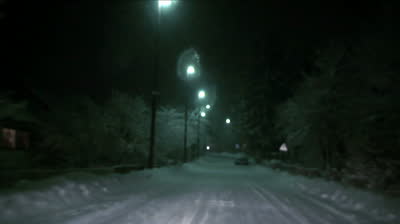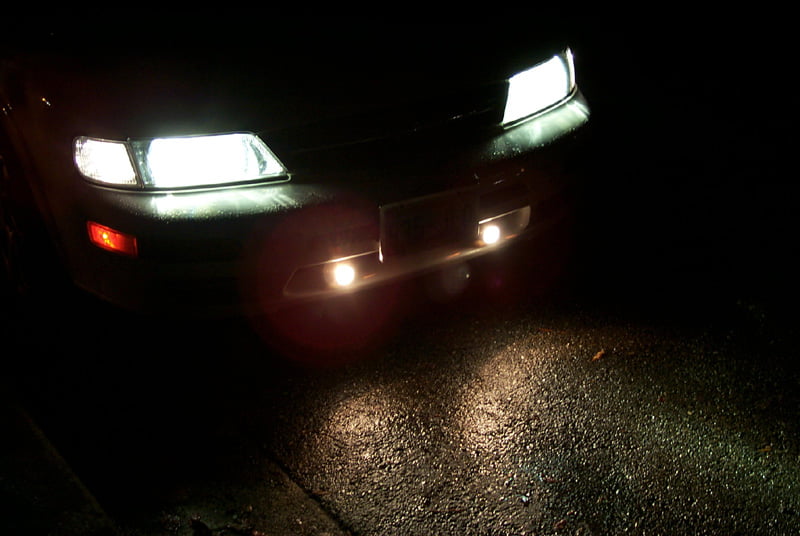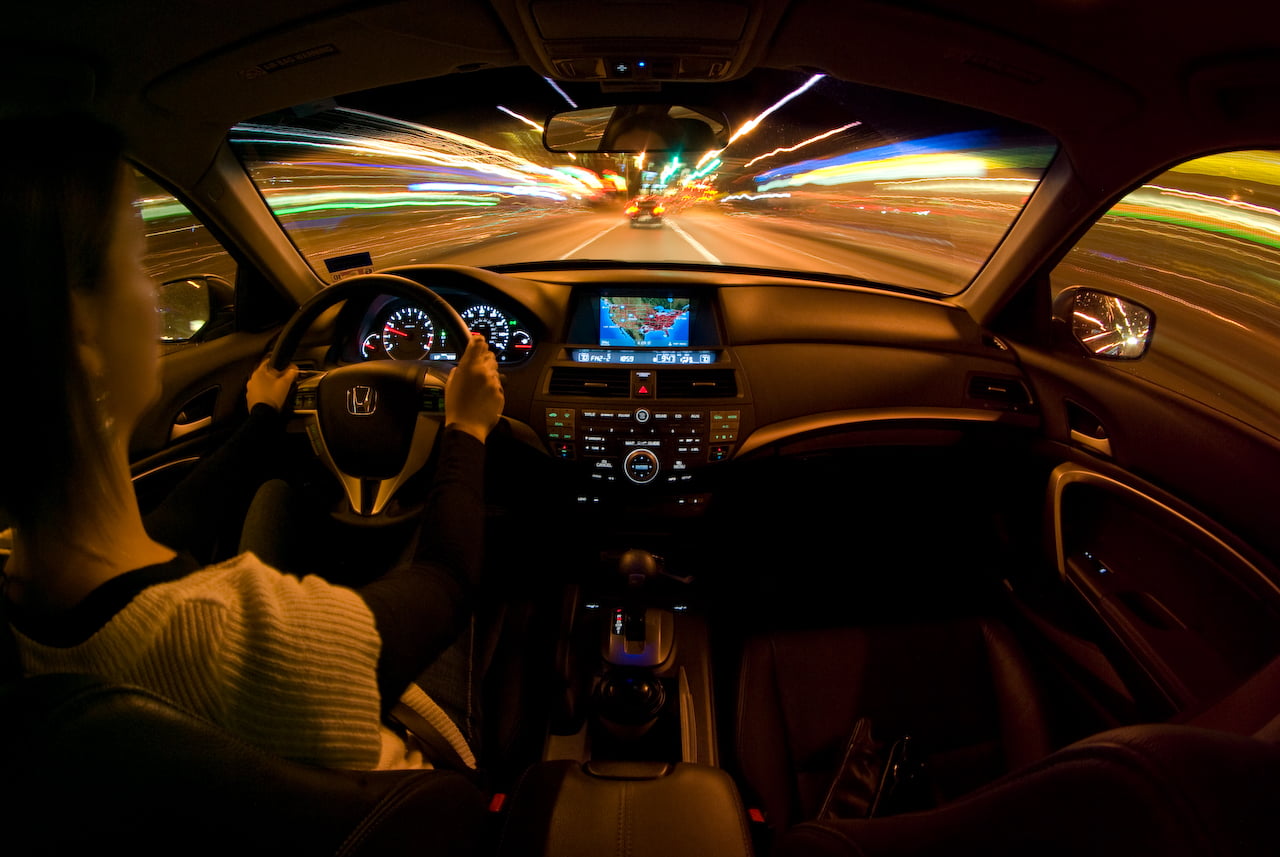Less Daylight Means More Driving In The Dark
It’s pretty simple, when it is dark our bodies tell us it’s time to sleep. When it’s light, our bodies want to be awake. Nothing could be more natural. With the recent change back to standard time, drivers are getting a little bit more daylight in the mornings. But in the late afternoons drivers are encountering more dark roads, and night driving is statistically the most dangerous driving time.
And while drivers in the morning are gaining the benefit of more daylight, this is a short lived phenomenon –
As we move through November and into December, the daylight hours in fact get shorter. With each passing day, we lose daylight. The mornings will stay dark longer, and the sun will set earlier.
More Car Accidents Occur When It Is Dark
Statistics from the National Safety Council show that traffic fatalities occur at a rate three times greater in the dark than in daylight. And while alertness/wakefulness might be a factor in these statistics, darkness is the largest contributor.
Being able to clearly see and identify things and conditions in your driving environment improve your reaction times. In the darkness, lost to varying degrees, to most people, are things like peripheral vision, color details, and depth perception.

Night and Twilight Driving Tips
Clean your headlights, taillights, turn signals and brake lights. Being seen by other drivers is half of the battle when driving in low light conditions. Be certain that all your vehicle lights are in proper working condition.
Keep your windows and mirrors clean. Seeing traffic and conditions around you in low light driving conditions is the other half of the battle. Make sure that your windshield wiper blades are in good condition, and refill your windshield cleaning fluid reservoir. Rain and snow make all driving times, daylight and darkness, even more dangerous. Make sure your windshields can stay clean for safer driving.
Check your high beams. There are certain times when your high beams can be used. They make a significant difference in visibility. Never use your high beams when following another car, or when there is oncoming traffic. Never use your high beams in the fog, the rain, or the snow, as most of the light is reflected right back at your eye, actually diminishing your vision.
Be more aware of animals, and pedestrians. Since it takes longer to see them in the dark, the window for your reactions is even shorter.
If you can avoid driving in the dark, reschedule your trips. If you do have to drive in the dark, make sure to give yourself every advantage to stay safe.




